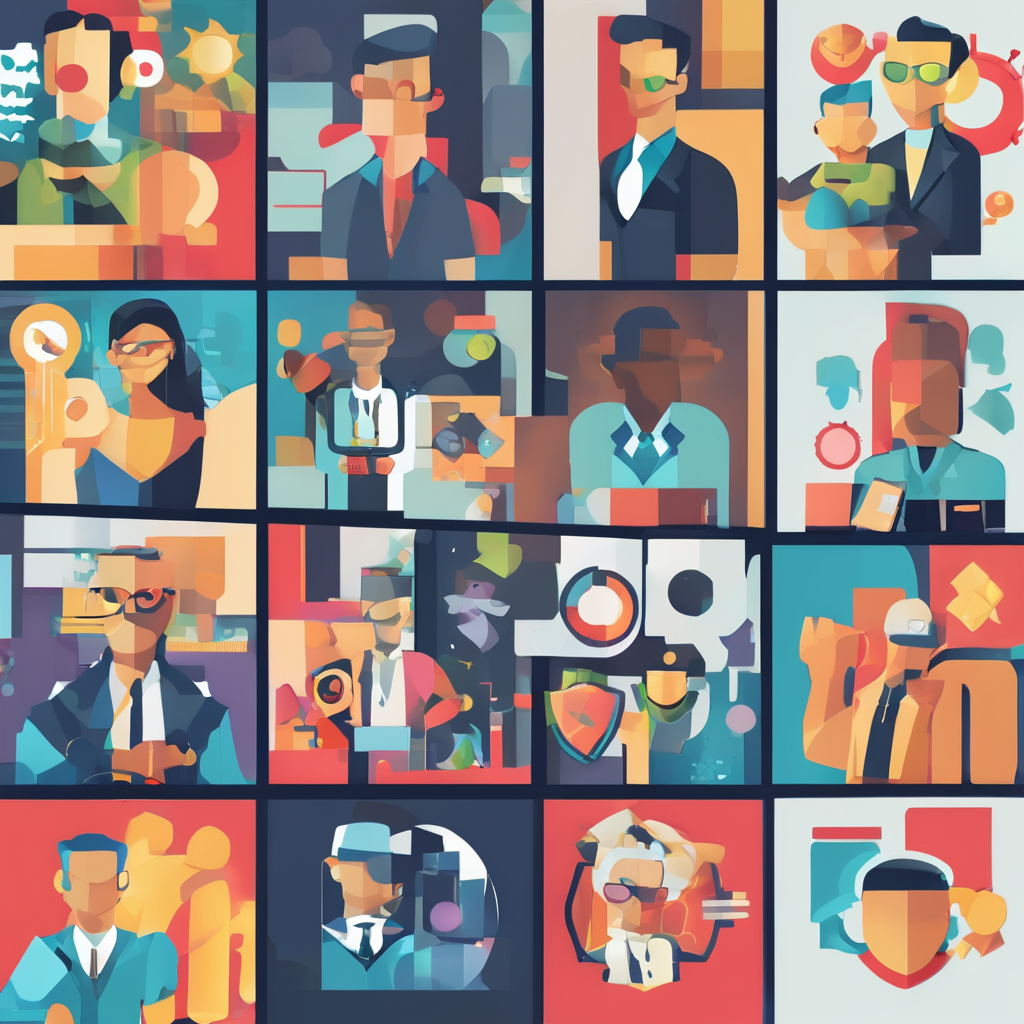Overview of Technology-Driven Stroke Recovery Therapies
In recent years, technology-driven therapies have redefined the landscape of stroke recovery innovations. The advent of modern treatment options like virtual reality, robotics, and tele-rehabilitation has paved the way for more effective recovery paths. Each of these technologies plays a pivotal role in addressing different aspects of rehabilitation.
Virtual reality offers immersive experiences that can enhance motor skill recovery, engaging patients in stimulating environments which promote better outcomes. This method allows for repetitive practice in a controlled, adaptable setting, crucial for regaining lost functions.
Also read : Travel friendly nicotine solutions: discreet and effective options
Robotics is another cornerstone, with devices such as robotic exoskeletons providing assistance in repetitive movements that are essential for muscle memory redevelopment. These technologies can replicate essential daily activities, offering consistent and precise therapy.
Tele-rehabilitation bridges the gap for patients with limited access to specialised centres. It provides remote access to professional guidance, ensuring that recovery is not hindered by geographic or mobility barriers.
In the same genre : Eating disorder treatment dubai
The integration of these modern therapies into personalized treatment plans offers a comprehensive approach to stroke recovery. By leveraging the strengths of each innovation, healthcare providers can tailor recovery processes to individual needs, increasing the likelihood of successful rehabilitation and improving overall patient satisfaction.
Case Studies Demonstrating Successful Outcomes
Exploring stroke recovery success stories provides valuable insights into the efficacy of technology-driven therapies. These stories serve as evidence-based therapy, highlighting patient outcomes that can inspire both patients and healthcare providers.
Case Study: Robotic Exoskeleton Use in Rehabilitation
In a recent case, a 60-year-old stroke survivor utilised a robotic exoskeleton to enhance mobility. Prior to technology implementation, the patient’s ability to walk was severely limited. After consistent use of the exoskeleton, a significant improvement in walking distance and muscle coordination was observed.
Case Study: Virtual Reality Environments for Motor Skill Recovery
A young athlete, who suffered a stroke, engaged with virtual reality environments to recover motor skills. The immersive environment provided targeted exercises that mirrored real-world scenarios. Post-intervention analysis showed enhanced upper limb dexterity and increased patient satisfaction.
Case Study: Tele-rehabilitation Effectiveness in Different Accessibility Contexts
For individuals in remote areas, tele-rehabilitation has revolutionised access to care. One scenario involved an elderly patient from a rural community who accessed therapy sessions remotely. The integration of tele-rehabilitation ensured consistent supervision and guidance, resulting in improved patient outcomes and a sense of connectedness with healthcare professionals despite geographical barriers.
Benefits of Technology-Driven Therapies
Benefits of technology in healthcare have become increasingly apparent, particularly in the realm of stroke recovery. Interactive technologies enhance patient engagement and motivation, crucial for effective rehabilitation. By incorporating elements such as virtual reality and robotics, patients are not only more encouraged to participate, but they experience a more immersive and enjoyable recovery process.
The efficacy of recovery methods using technology is evident in the increased frequency and efficiency of therapy sessions. Technologies like tele-rehabilitation allow for regular, consistent treatment, overcoming geographic or logistical barriers that traditional methods might face. This ensures that patients can maintain a steady recovery schedule, crucial for regaining lost functionalities.
Moreover, scientific evidence supports the effectiveness of technology in accelerating rehabilitation. Studies show that patients using these tech-driven approaches often achieve faster recovery times compared to conventional therapies. This is due to the personalised nature of the treatment plans, where technology is tailored to meet individual needs, optimising therapeutic outcomes.
Ultimately, technology-driven therapies not only provide practical benefits but also offer a holistic approach to patient care, blending modern innovation with patient-centred health strategies. This alignment fosters an environment where recovery is not just possible, but significantly improved.
Expert Opinions and Research Findings
The field of stroke recovery innovations is continuously evolving, with advancements anchored in empirical research and expert insights. A vital part of this evolution is the role of research studies, which validate the efficacy of these technology-driven therapies.
Insights from Rehabilitation Specialists
Experts in rehabilitation emphasize the transformative power of modern treatment options like virtual reality and robotics, which are paving the way for enhanced recovery outcomes. Specialists advocate for personalized treatment plans, highlighting that tailored interventions align with individual patient needs, significantly boosting recovery efficiency.
Recent Research on Efficacy of Virtual Reality in Stroke Recovery
Current studies underscore the potent role of virtual reality in stroke recovery innovations. Research showcases how immersive, interactive environments foster better motor skills, which are crucial for patient progress. These insights are instrumental in refining rehabilitation planning, ensuring technology is employed effectively.
Future Trends in Technology-Driven Treatment Methods
As the landscape of stroke therapy continues to change, future technology-driven therapies are expected to merge more seamlessly with clinical practices. Projections indicate a rising emphasis on integration, where digital tools like tele-rehabilitation become commonplace, further enhancing the strategic use of technology in stroke recovery efforts.
Implementing Technology-Driven Therapies in Recovery Plans
Incorporating technology-driven therapies into stroke rehabilitation requires thoughtful planning and execution. A comprehensive approach begins with evaluating the specific needs of the patient. Personalised assessments help in choosing the right technological tools, such as recognising whether virtual reality, robotics, or tele-rehabilitation would be beneficial based on the patient’s condition and recovery goals.
Integration into Current Practices
Smooth integration into existing rehabilitation frameworks is vital. This involves training healthcare providers and rehabilitation planning teams to efficiently blend modern treatment options with established protocols. It ensures that the technology complements and enhances traditional methods rather than replacing them outright.
Resources and Tools for Healthcare Providers
Healthcare providers and caregivers must have access to a variety of resources. These can include instructional guides for technology use, workshops for skill enhancement, and access to a network of experts for troubleshooting and advice. Leveraging such tools empowers the team to deliver optimal care, making technology-driven therapies an effective component of the recovery process.
By thoughtfully employing these implementation strategies, the transition to technology-enhanced stroke recovery can be seamless and efficacious, ultimately fostering a supportive environment conducive to patient improvement.





